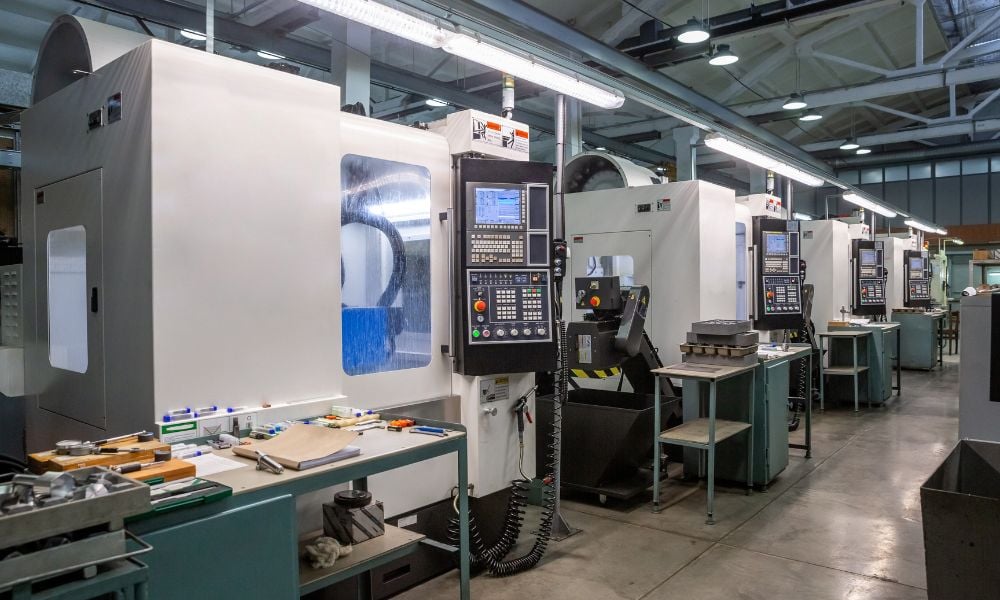How to foster safety ambassadors throughout your company

Promoting safety at work is a collective responsibility of every employer and employee. Nevertheless, upholding safety standards and procedures is a shared task that should encompass all individuals within a corporation. More crucially in the spray foam industry, safety from the lab to the factory should always be taken into consideration. This commitment towards creating a safety-focused environment enhances not just a physically secure workspace but also promotes a work culture that places the wellbeing of every employee at its core. In this article, we will explore ten crucial tips aimed at reducing injuries, ensuring health, and nurturing safety ambassadors within your organization.
Emphasizing Safety:
The cornerstone of a safe work environment is an unwavering emphasis on safety. This dedication to safety needs to be echoed across the organization, stemming from a solid understanding and diligent execution of established safety protocols.
Tip 1: Foster a Culture of Shared Responsibility towards Safety
It's imperative to convey that safety is everyone's business. Hold regular training sessions that aim at informing employees about potential hazards, safe handling procedures, and the crucial role they play in maintaining a safe workspace. Involve your team in safety cross activities to foster a proactive attitude towards workplace safety. By building an environment where each person understands their role in upholding safety, you can encourage a culture of safety ambassadors who protect not just themselves but also their peers, thus promoting a shared sense of responsibility and accountability.
Equipment Care:
Proper maintenance and handling of machinery and equipment are of paramount importance when it comes to ensuring a safe work environment.
Tip 2: Stimulate Active Participation in Equipment Maintenance
Encourage teamwork in caring for equipment. This involves routine inspections and strict adherence to maintenance schedules. An active involvement of employees in equipment maintenance can lead to a sense of ownership and increased awareness, resulting in fewer accidents and a safer work environment.
Preparedness for Emergencies:
Emergencies are unpredictable, and having a well-informed team can be instrumental in dealing with such crises.
Tip 3: Cultivate a Culture of Preparedness
Design and communicate clear emergency response plans. Regularly conduct meetings to discuss non-routine activities and develop strategies for mutual support during emergencies. This culture of preparedness can ensure a swift and efficient response in case of emergency situations, minimizing potential harm and safeguarding your team's health.
Documentation and Knowledge:
The maintenance of accurate documentation and the upkeep of knowledge repositories are integral to an organization's safety procedures. They serve as a vital resource of information and provide the basis for improving safety protocols.
Tip 4: Uphold Documentation and Knowledge Sharing
Ensure the collective maintenance of critical documents like Material Safety Data Sheets (MSDS) for new raw materials. Access to such information should be made easy for all employees. Encourage employees to report incidents and near misses. This proactive approach towards documenting potential risks can help in the identification of danger zones and provide invaluable insights to enhance your safety practices.
Cultivating a Safety Culture:
Developing a strong safety culture within an organization goes beyond just preventing accidents. It also aids in building trust, enhancing engagement, and boosting productivity among the workforce.
Tip 5: Promote an Open and Communicative Safety Culture
As a unit, do your best to develop a safety-focused environment that encourages open communication and appreciates feedback. Regular safety meetings offer a platform to voice concerns, share insights, and collaboratively work on solutions. This approach nurtures safety ambassadors within your team, who can lead by example and inspire others to give priority to safety.
Hazard Identification and Risk Assessment:
Recognizing potential hazards and assessing the risks associated with them are foundational to establishing a comprehensive safety strategy.
Tip 6: Implement Regular Hazard Identification and Risk Assessment Processes
Engage in routine hazard identification exercises and conduct thorough risk assessments. Ensure employees are well-trained to identify potential hazards in their work area. Utilize tools like checklists and risk matrices to aid in this process. Encourage a transparent reporting culture where employees can promptly report any perceived risks without fear of repercussion. Regularly review and update risk assessments, especially following any significant changes or incidents in the workplace.
Mental Health and Well-being:
In our ever-demanding work environments, mental well-being has never been more important.
Tip 7: Prioritize Employee Mental Health and Well-being
Acknowledge and validate the importance of mental health alongside physical safety. Create a supportive work culture that includes resources like counselling services, stress management programs, and mental health days. Conduct regular check-ins with employees to gauge their stress levels and overall well-being. Advocate for a work-life balance by establishing reasonable working hours and encouraging employees to fully disengage from work during their time off.
Use of Technology:
Modern technology has provided us with an array of tools to enhance workplace safety.
Tip 8: Leverage Technology to Improve Safety
Consider adopting digital tools and applications to bolster your safety processes. For instance, software systems that track and manage safety incidents, mobile apps that allow for quick and efficient reporting, and virtual reality platforms for immersive safety training can be highly beneficial. These technologies can provide real-time data, streamline communications, and enable proactive safety measures.
Foster Continuous Learning:
Continuous learning is the bedrock of improvement, especially in the realm of safety.
Tip 9: Encourage Continuous Learning and Improvement
Foster a learning culture where employees feel encouraged to expand their knowledge and skills regarding safety. Conduct regular refresher training and workshops, and make sure up-to-date safety resources are readily available. Use near-misses and safety incidents as learning opportunities, examining them in detail to extract valuable lessons and prevent future occurrences.
Leadership Engagement:
Leaders are in a unique position to drive the safety culture of an organization.
Tip 10: Engage Leadership in Promoting Safety
Leaders should exemplify the safety culture of the organization through their actions. By actively participating in safety initiatives, addressing safety concerns promptly, and recognizing employees for their safety efforts, leaders can foster a sense of respect and commitment towards safety amongst employees. Encourage leaders to conduct regular safety walk-throughs and actively engage in open dialogues about safety issues and improvements.
Conclusion
In conclusion, fostering a safe work environment, especially in the spray foam industry, is a holistic process that requires continual effort and commitment from every individual in the organization. These tips, when implemented effectively, can significantly reduce workplace injuries, enhance employee well-being, and foster a strong culture of safety. Remember, safety isn't just about policies and procedures; it's about building a culture where every individual feels empowered to contribute to a safer work environment.
With these comprehensive tips, your organization can create an environment that not only ensures the physical safety of employees but also supports their mental well-being and promotes their active engagement in safety initiatives. Remember, safety isn’t merely a checklist of procedures to follow; it's a continuous journey of learning, improvement, and shared responsibility. By adopting these strategies, your company can transform its workforce into safety ambassadors who lead by example and inspire a culture of safety throughout the organization.





